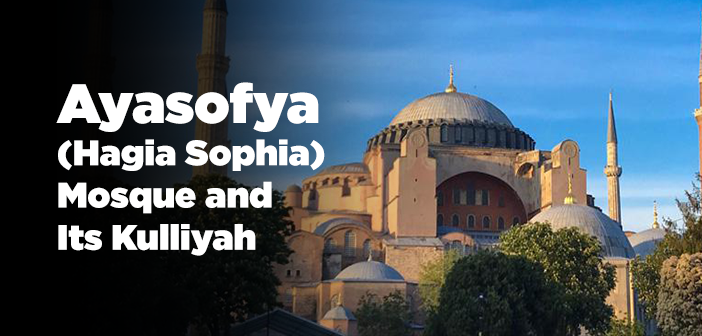Where is the new mosque in istanbul? What is the history of new mosque?
Architectural monuments are not temporary works. It is in our control not to read a bad poem, not to listen to a terrible music, not to look at an unpleasant picture, or not to watch a banal dance. However, unpleasantness, hybridity, alienism, and inappropriateness of an architectural work, which stands everyday on our way, might be an unhealable sore. (Nihad Sami Banarlı, Istanbul’a Dair, p.106)
New Mosque is the unique one among the salatin mosques with its story of construction. Its construction was started in 1597 in the name of the Sultan Murad III’s wife, Safiya Sultan. Architect of the mosque Davut Aga left the task of its construction to Dalgıç Ahmad Aga in 1598. The construction, which continued until 1603 left unfinished with the Sultan Ahmad I’s ascension to the throne. This building, which had been left to its fate, waited more than fifty years for the day that it became a mosque. In 1661, Sultan Mehmet IV was on the Ottoman throne. Sultan’s mother, Khadijah Turhan Sultan, extended her helping hand to this half-finished temple. The construction of the building, which was taken over by Architect Mustafa Aga, was completed and opened to worship in 1663.
The main dome, which is 17.5 m in diameter and 36 m in height, stands on four elephant legs ornamented by tiles and supported by four semi-domes. The mosque has two minarets each one of which has three balconies.
The kulliyah consists of a primary school, a fountain, a public fountain, sultan pavilion and a tomb. However, the primary school unfortunately could not survived to this day.
Most of the Ottoman mosques are composed of an inner court and an outer court that encircles the inner court. New Mosque also had an outer court, but it was destroyed during the projects of street expansion. The inner court of the mosque is encircled by 21 domes that stand upon 18 pillars. In the middle of the court, there is a beautiful shadirwan (water fountain to perform ablution).
The sultan pavilion, which is located near the mosque and was built for Khadijah Turhan Sultan, is one of the most brilliant examples of the classical Turkish home architecture. The sultan pavilion on the one hand watches over the Golden Horn and its ridges; and on the other hand, it has a wonderful view overlooking Bosporus up to Beylerbeyi. The pavilion, which consists of three rooms and a hall, is ornamented by Iznik tiles. Its wooden door and window lids are inlayed by ivory and nacre.
One of the most important features of New Mosque is its tomb. Khadijah Turhan Sultan tomb is one of the biggest tombs of Ottoman Dynasty. There are the graves of five sultans and some of the notable members of the dynasty in the tomb. In addition to Khadijah Turhan Sultan, Sultan Mehmet IV, Sultan Osman III, Sultan Mustafa II, Sultan Ahmad III and Sultan Mahmut I are buried in this tomb.
Source: Harun Kırkıl, Read About and Travel Around ISTANBUL, Erkam Publications




